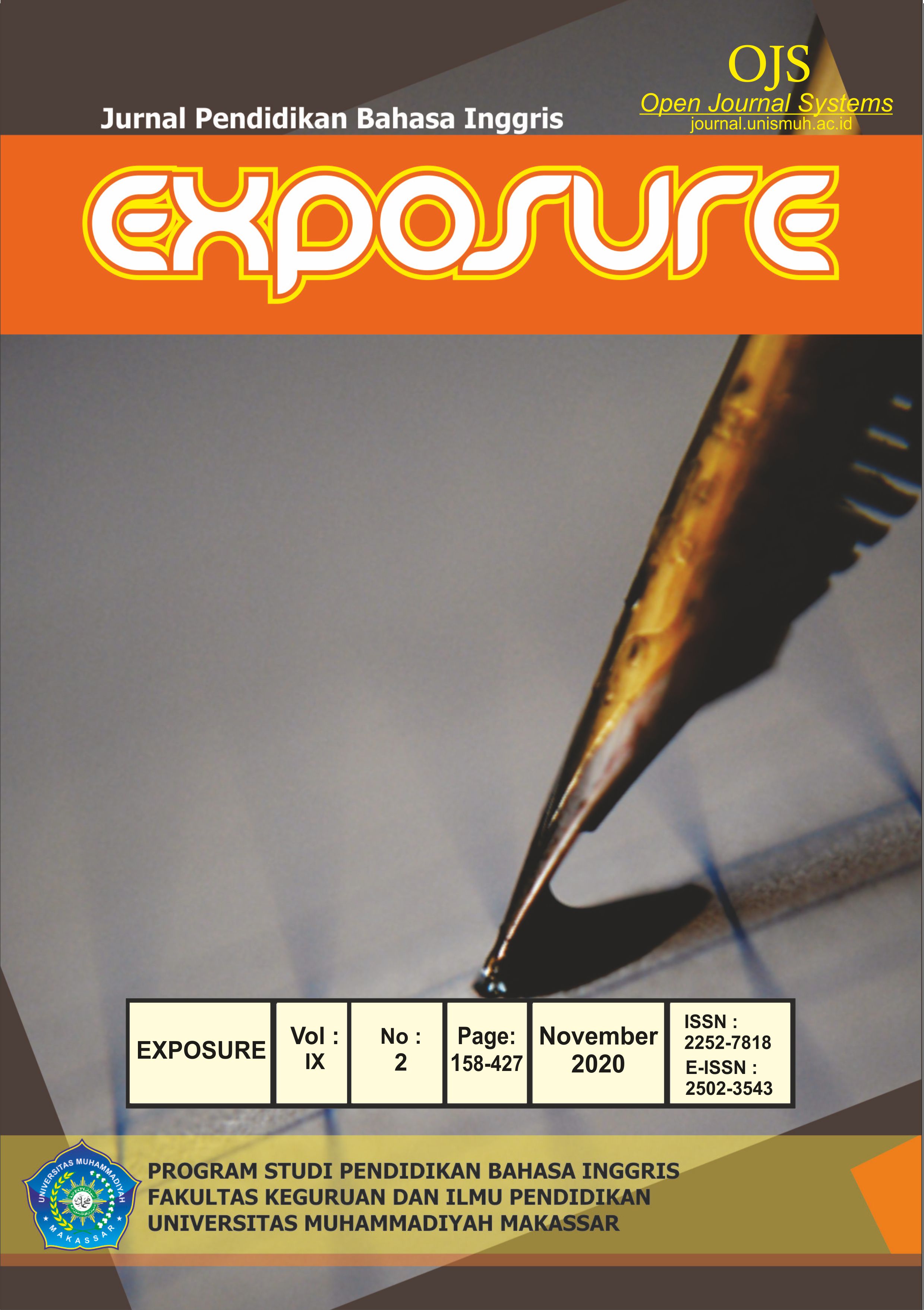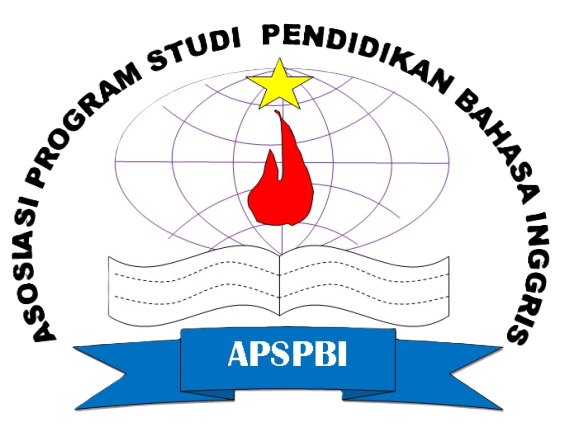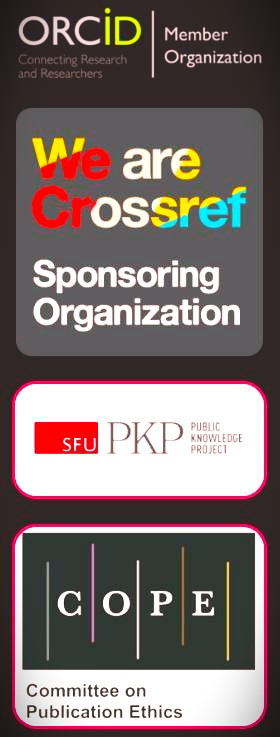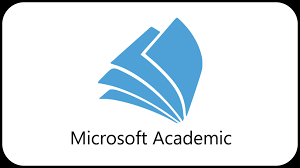THE EFFECTIVENESS OF GOOGLE CLASSROOM FOR ONLINE DISCUSSIONS
DOI: https://doi.org/10.26618/exposure.v9i2.4179
Google Classroom, Online discussions, Covid-19
Abstract
Covid-19 pandemic brings massive impacts to many life sectors, especially education. Schools and colleges are closed temporarily so that online learning is the only way to continue the education. Of many online platforms and media found on internet, Google Classroom provides features to support the online active learning activities. Therefore, this study is aimed at investigating the effectiveness of Google Classroom for online discussions.By involving 39 sixth-semester students of English Education Program – Universitas Nahdlatul Ulama Surabaya (UNUSA), this descriptive qualitative study captured the comment threads on Google Classroom as the data to describe the number of comments and participants in online discussions. Those data were collected and interpreted to prove that the platform supported written online discussions.The results found that the total number of comments found in 14 meetings was 457 comments which were mostly dominated by the students. The findings showed the students’ increasing participation in online discussions. Google Classroom with its features enables them to minimize the psychological barriers, provide attention, support and motivation in sharing ideas in written comments. Furthermore, notifications sent automatically to the students’ Gmail account is an advantage. In conclusion, Google Classroom is effective to increase the students’ participation in online discussions. With the features provided in the online platform, the students build up more enthusiasm, motivation, attention and support to share comments and ideas during online discussions. Thus, the use of this platform should be taken as a consideration when oral discussions do not work as expected.
References
Dey, I (2005). Qualitative data analysis. New York: Routledge
Introduction to Google Classroom. (2020). Retrieved April 17, 2020, from Ashton College: https://www.ashtoncollege.ca/introduction-to-google-classroom
Martínez-Monés, A., Reffay, C., Torío, J. H., & Cristóbal, J. A. M. (2017, October). Learning Analytics with Google Classroom: Exploring the possibilities. In Proceedings of the 5th International Conference on Technological Ecosystems for Enhancing Multiculturality (p. 47). ACM.
Motschnig-Pitrik, R., & Holzinger, A. (2002). Student-Centered Teaching Meets New Media: Concept and Case Study. Educational Technology & Society, 5 (4), 160-172.
Nation, I. S. P., & Newton, J. (2009). Teaching ESL/EFL Listening and Speaking ESL & Applied Linguistics Professional Series. Routledge Taylor & Francis Group.
Park, H., & Lee, A. R. (2005). L2 Learners’ Anxiety, Self-confidence, and Oral Performance. Proceedings of the 10th Conference of Pan-Pacific Association of Applied Linguistics (pp. 107-208). Edinburgh University. Retrieved September, 4th, 2017 from http://www.paaljapan.org/resources/proceedings/PAAL10/pdfs/hyesook.pdf.
The Benefits of Blended Learning, (2020, March 17). Retrieved March 17, 2020, from Teach Thought: https://www.teachthought.com/technology/the-benefits-of-blended-learning/
Research Guides. (2019, Sept 4). Retrieved April 18, 2020, from University of Newcastle Library Guides: https://libguides.newcastle.edu.au/researchmethods
Synchronous Learning. (2013, Aug 29). Retrieved April 17, 2020, from The Glossary of Education Reform: https://www.edglossary.org/synchronous-learning/
Downloads
Additional Files
Published
How to Cite
Issue
Section
License
Authors who publish with this journal agree to the following terms:
In order to assure the highest standards for published articles, a peer review policy is applied. In pursue of the compliance with academic standards, all parties involved in the publishing process (the authors, the editors and the editorial board and the reviewers) agree to meet the responsibilities stated below in accordance to the Journal publication ethics and malpractice statement.
Duties of Authors:
- The author(s) warrant that the submitted article is an original work, which has not been previously published, and that they have obtained an agreement from any co-author(s) prior to the manuscript’s submission;
- The author(s) should not submit articles describing essentially the same research to more than one journal;
- The authors(s) make certain that the manuscript meets the terms of the Manuscript Submission Guideline regarding appropriate academic citation and that no copyright infringement occurs;
- The authors(s) should inform the editors about any conflict of interests and report any errors they subsequently, discover in their manuscript.
Duties of Editors and the Editorial Board:
- The editors, together with the editorial board, are responsible for deciding upon the publication or rejection of the submitted manuscripts based only on their originality, significance, and relevance to the domains of the journal;
- The editors evaluate the manuscripts compliance with academic criteria, the domains of the journal and the guidelines;
- The editors must at all times respect the confidentiality of any information pertaining to the submitted manuscripts;
- The editors assign the review of each manuscript to two reviewers chosen according to their domains of expertise. The editors must take into account any conflict of interest reported by the authors and the reviewers.
- The editors must ensure that the comments and recommendations of the reviewers are sent to the author(s) in due time and that the manuscripts are returned to the editors, who take the final decision to publish them or not.
Authors are permitted and encouraged to post online a pre-publication manuscript (but not the Publisher’s final formatted PDF version of the Work) in institutional repositories or on their Websites prior to and during the submission process, as it can lead to productive exchanges, as well as earlier and greater citation of published work (see The Effect of Open Access). Any such posting made before acceptance and publication of the Work shall be updated upon publication to include a reference to the Publisher-assigned DOI (Digital Object Identifier) and a link to the online abstract for the final published Work in the Journal.














